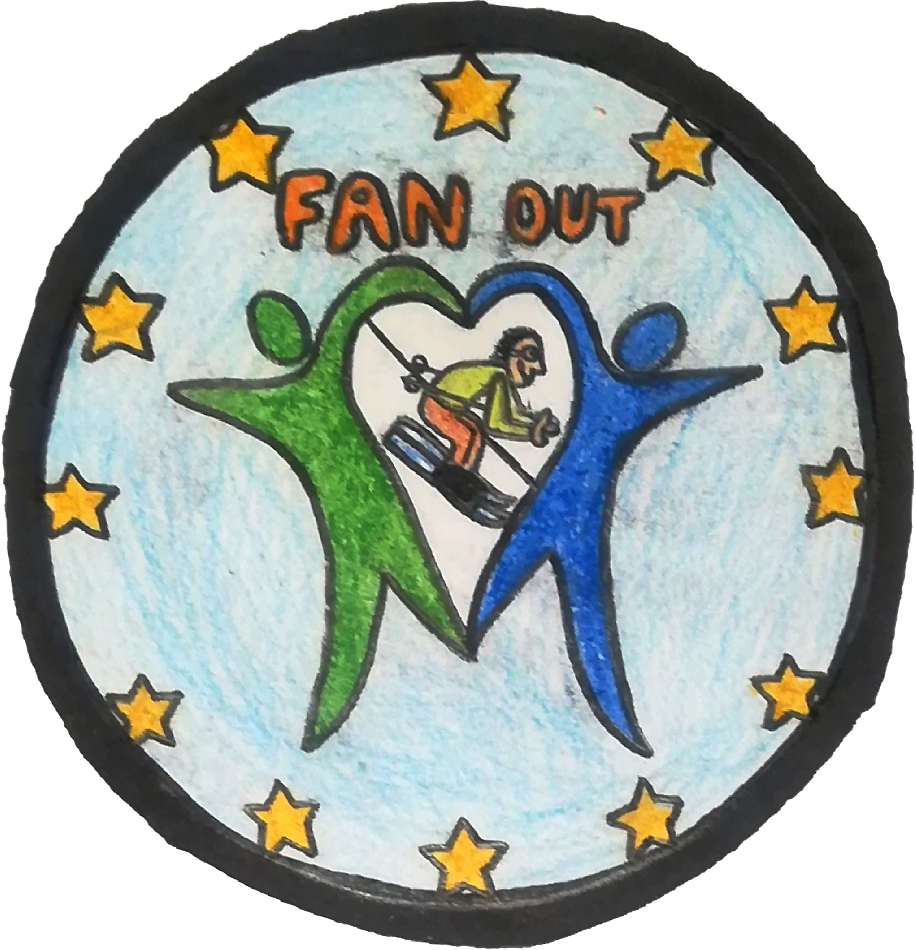KENDÕZÉS

THROWING GAMES

GAME

CHILDREN

TEAMS

NO CLUB

PHYSICAL CONDITION IMPROVEMENT
Keramidakia
How is it played? (Rules)
There are two teams standing in lines in front of each other and the kerchief is laying in the middle. Every member of a team has his own number (1,2,3 …). We need an umpire who shouts a number e.g. 2 and the players who has that number have to run and baffle the kerchief towards the line of their team. It is not allowed to grab and run back with the kerchief, the players are only allowed to throw or hit the kerchief in the air which is a really difficult thing to do. After some rounds the umpire can make it more complicated by shouting numbers with more digits e.g. 478 which means that all the players with the number of 4, 7 and 8 has to run for the kerchief and in this situation they can pass and use the advantages of teamwork.
Sport or Game History and origins:
There are no precise data about the origins of this game. It is only mentioned in some novels, and it has remained in the memory of the folk. In the end of the 19th century it was famous in public schools and colleges.
Submitted by
BARANTA TRADITIONAL HUNGARIAN MARTIAL ARTS ASSOCIATION
Objective
The purpose of the game is to create cohesion inside the team, to coordinate the co-operation and, of course, to have fun.
Benefits
Physical: Physical condition improvement (strength, speed, endurance, etc).
Psychological: Psychological skills improvement (motivation, leadership, group cohesion, concentration, etc.)
Game’s materials
A handkerchief
Is it related to an specific event or festivity ( festivals, religious or pagan celebrations)?
No.






